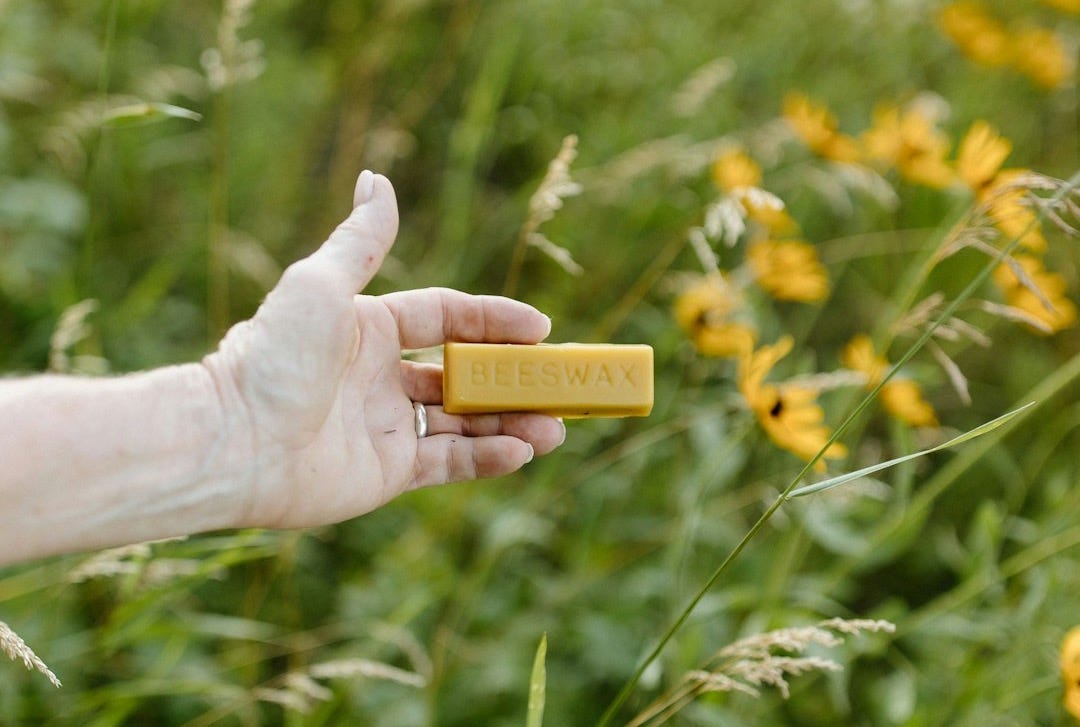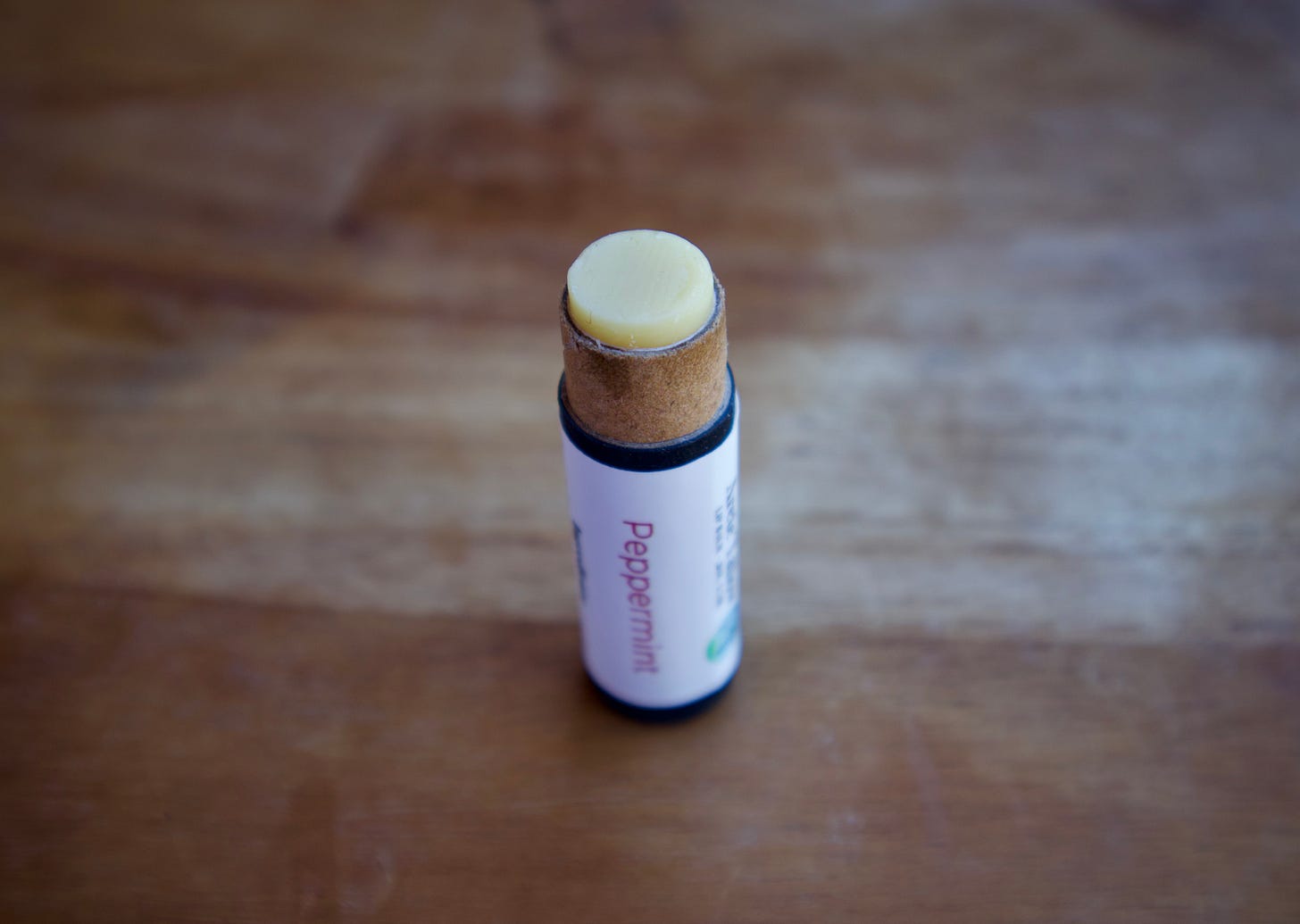2 Commonly “Cut" Commodities
We will go through 2 commonly cut commodities, how to spot them, and what they are cut with.
Adulterated Commodities
Many commodities on the market today are adulterated.
Why would someone do that?? Well, some of them are hard to produce, and by adulterating or “cutting” them, more profit can be made. Three commonly adulterated commodities are honey and beeswax.
What are the dangers of adulterated food?
Not only will you be financially scammed, but it can be dangerous for some. Consuming “cut” foods can lead to allergic reactions and health problem. People have a right to know what they are consuming.
Below are three commonly adulterated commodities and how to tell if they are adulterated.
Honey
Honey is produced by bees consuming nectar, processing it, and storing it in their honeycombs.
It takes one bee its entire lifetime to make 1/12 teaspoon of honey. That means it takes about 1,152 bees working for up to a few months to make a 16 oz jar of honey. These bees have to travel 50,000 - 90,000 miles to get the nectar to make 16 oz of honey.
Given these facts, it is easy to understand why honey is an adulterated food.
Common adulteration ingredients that are added to honey are corn syrup and other sugary syrups. Not only does this reduce the nutritional value of the product but can pose a health threat to those with specific allergies. In America, it has been found that nearly 10% of imported honey was adulterated.
How do you avoid adulterated honey?
A few things that you can do to check if your honey is adulterated are:
How long the taste lasts. The taste of natural honey does not last long in your mouth. Adulterated honey, however, will have a taste that lingers.
Viscosity (Thickness). If you turn a bottle of natural honey upside down, it should be thick and flow slowly. Adulterated honey will be thinner and flow quicker.
The bread test. The water content in adulterated honey will be higher than that of natural honey. If you let natural honey sit on a piece of bread for a bit, the bread should become more stiff. If the bread moistens, the honey is adulterated.
Beeswax
Beeswax is another gift from the bees.
Beeswax is secreted from eight glands on the abdomen of a bee. Then, similarly to the process of making honey, the bee processes it and makes it into honeycomb. It takes a single bee about 8 hours to make 12 scales of wax. It takes 1,000 scales to make one gram of beeswax.
Due to the slow process of making beeswax, it is often adulterated.
The most common ingredient that beeswax is cut with is paraffin. Paraffin can cause a host of health issues, from headaches to respiratory issues. Having paraffin in our beeswax can expose us to these health risks through our cosmetics, candles, and more.
Unfortunately, cutting is not the only way that beeswax is contaminated.
It is estimated that up to 98% containes pesticide residue. The quality of the beeswax depends on the health of the bee. If the bees are exposed to pesticides or unnaturally fed, such as feeding bees sugar water, the quality of the beeswax will decline.
How do you tell if your beeswax is pure?
Smell: natural beeswax will have a slight honey smell. If it smells like a crayon, it has likely been adulterated.
Texture: beeswax has natural oils in it and will be slightly crumbly when broken apart. If it is smooth on the inside it is likely that the beeswax has been cut.
Bloom: If you let natural beeswax sit for a week or two, the natural oils will rise to the surface. This will create a film. It takes significantly longer for this film to appear on adulterated beeswax. If the film is not there within a week or two, it is likely that the beeswax has been cut.
Conclusion
It is a shame that we have to worry about commodity adulteration.
Unfortunately, we do. That leaves it to the consumers to be conscious when buying these valuable items. Choose good quality and shop from trusted sources.
If you would like to check out our peppermint lip balm, hop over to our Etsy shop. It is made from grass-fed tallow (from our farm and a family member’s farm), organic jojoba oil, beeswax (from a local beekeeper), and organic peppermint essential oil (we also have an unscented option). All of our ingredients are hand-picked to ensure the highest quality. All of our products are handmade on our farm in Kempner, TX and can be depended upon to be 100% natural. We choose the best, so we can give the best.
Thank you for reading,
Areté Tallow






